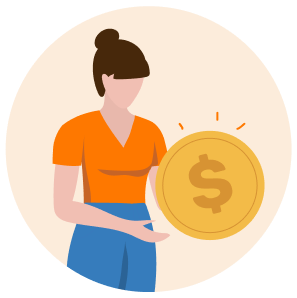Share
Personal loan
Personal loans are sometimes referred to as “debt consolidation loans,” since you can use them for debt consolidation. Whether or not you qualify depends on the lender's requirements for your credit and income. These loans can be a good option for credit card consolidation since they usually carry much lower interest rates than credit cards. However, rates generally aren't as low as secured debt, and you may have to pay an application fee or origination fee to the lender.



















